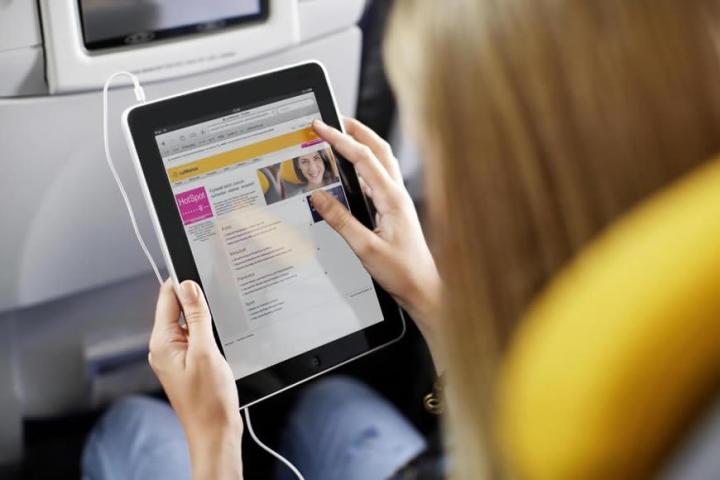
AT&T has decided to throw its resources towards other areas. “We are focusing our capital on transformative investments, such as international and video.” These investments likely include its $48.5 billion bid to purchase DirecTV, as well as its $2.5 billion acquisition of Mexican carrier Iusacell.
AT&T’s exit proved to be positive for Gogo, as the company’s stock was down roughly 5 percent during morning trading, reported the outlet. The company posted a third-quarter loss of 29 cents a share, a sharper loss than analysts had predicted. At the end of the day, though, Gogo’s stock went up 10 percent.
While Gogo chief executive Michael J. Small did not comment on AT&T’s exit, he did take the time to bolster Gogo’s street cred. “We firmly believe that we are a leader in this space because we specialize in aviation and we’ve built a network to service the global aviation market,” Small told Recode.


